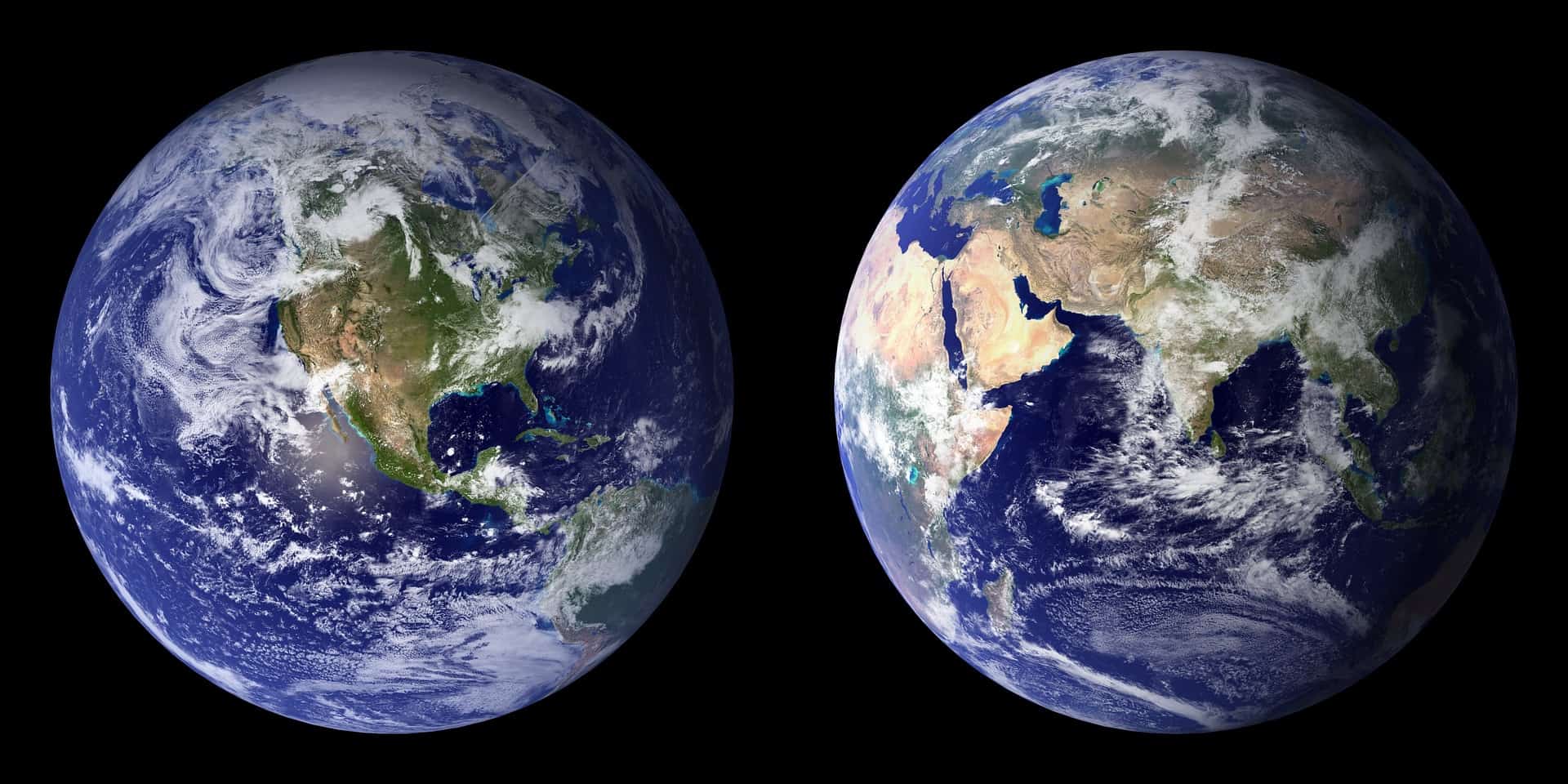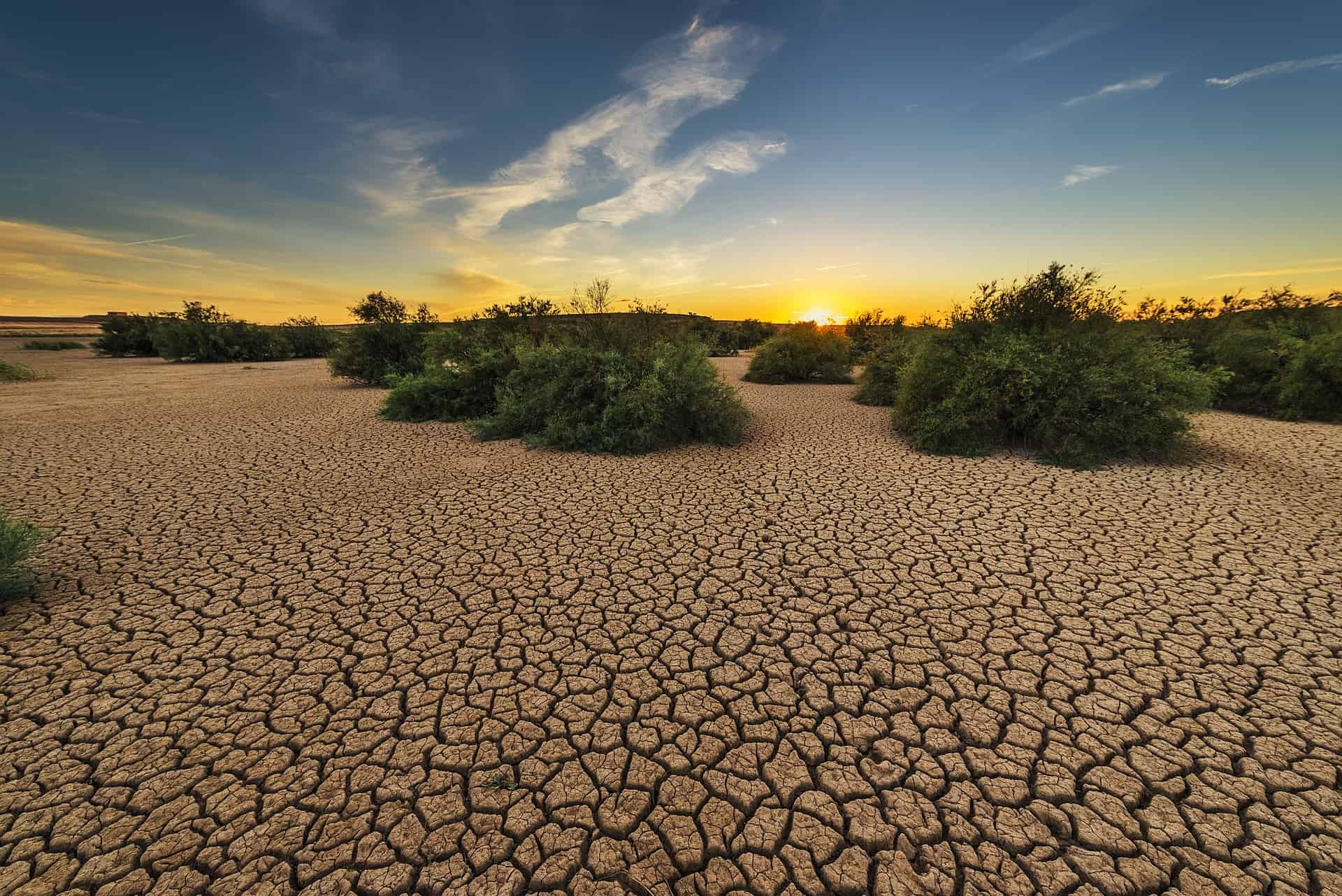
Massive groundwater pumping has unexpected consequences: the earth is tilting. Geophysicist Ki-Weon Seo of Seoul National University found that the movement of 2150 gigatons of groundwater caused the world to tilt nearly 80 centimeters eastward between 1993 and 2010. The most significant impact is felt in the middle latitudes, particularly in western North America and northwestern India.
- New research suggests that the earth has tilted eighty centimeters eastward as we pump groundwater.
- This could lead to faster sea level rise in some areas.
- Scientists want to examine how continental-level water storage has changed over the past century due to the warming climate.
The tilt of the earth results from a movement of mass. Water moves from deep underground reservoirs to the earth’s surface when groundwater is pumped. This shifts the earth’s center of gravity and tilts the earth’s axis.
Although groundwater pumping does not directly affect seasons, it can affect climate in the long run. To reverse the effects of this tilt, groundwater pumping in affected areas would have to stop for many decades. Scientists want to investigate how continental-level water storage has changed over the past century due to the warming climate.

Effects on sea level
Earth’s tilt also affects sea levels. When the earth’s axis tilts, the distribution of gravity across the earth changes. This can lead to faster sea level rise in some areas. It is important to note that sea level rise is caused by the earth’s tilt and other factors, such as the melting of ice sheets and glaciers due to global warming.
To counteract the effects of global tilt on sea levels, groundwater pumping in affected areas would have to stop for many decades. However, this is a complex challenge as groundwater is critical to the water supply of many countries and regions.
The role of climate change
Climate change is also affecting water storage at the continental level. Global warming is causing water to evaporate more quickly, increasing precipitation and flooding. As a result, groundwater levels may rise in some areas while decreasing in others. This affects the distribution of water and the tilt of the earth.
Scientists now want to investigate how continental-level water storage has changed over the past century due to the warming climate. This may help us better understand how global tilt and sea level rise are related and how best to address these issues in the future.








